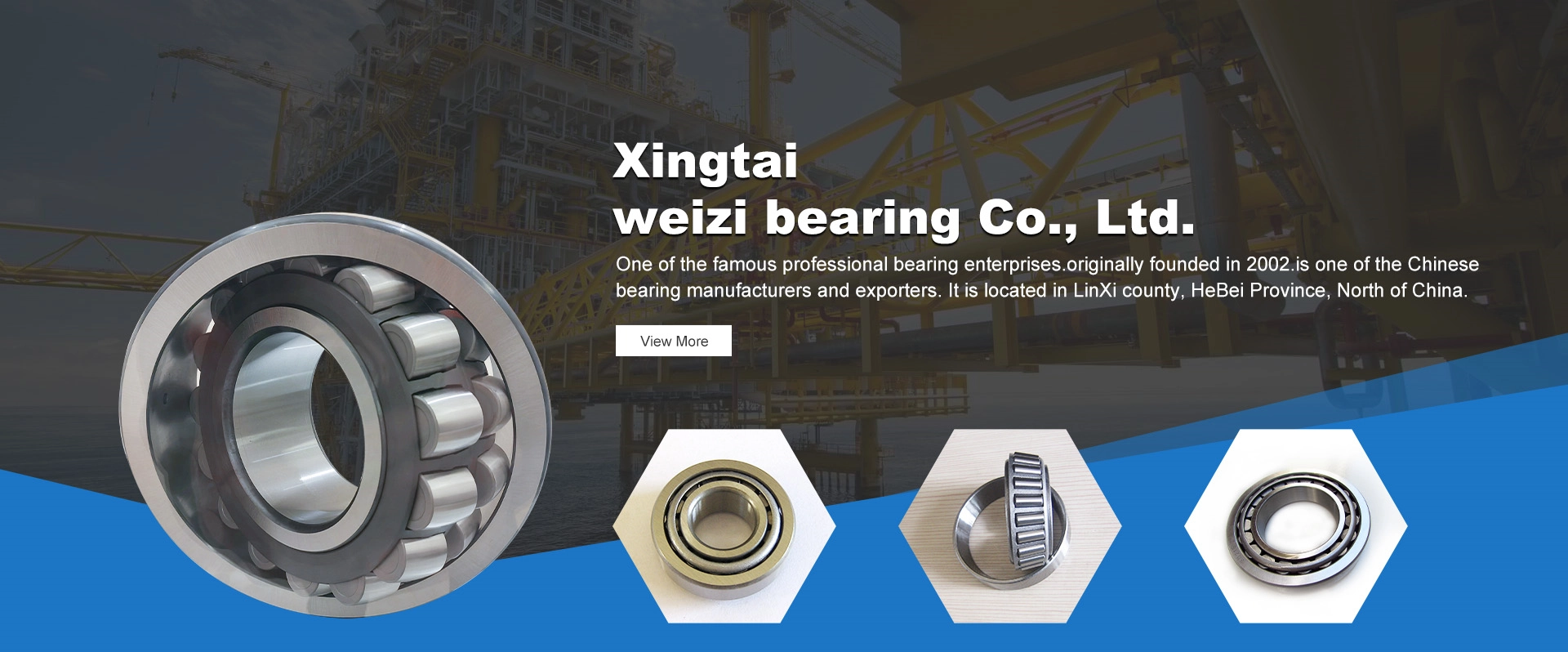
Nov . 10, 2024 15:30 Back to list
Deep Groove Ball Bearing Dimensional and Performance Tolerances Explained for Optimal Use
Understanding Tolerances in Deep Groove Ball Bearings
Deep groove ball bearings are among the most commonly used types of rolling element bearings due to their versatile applications and dependable performance. Their design enables them to accommodate both radial and axial loads, making them suitable for various machinery and equipment. However, one crucial aspect that affects their functionality, durability, and overall performance is the tolerances associated with these bearings.
What Are Tolerances?
In engineering and manufacturing, tolerances refer to the permissible limits of variation in a dimension. They allow for adjustments in the size, shape, or position of components while ensuring that they still function properly within a given assembly. In the context of deep groove ball bearings, tolerances are critical to ensuring a tight fit, reducing play, and minimizing wear and tear, thereby enhancing the bearing's lifespan and reliability.
Types of Tolerances in Deep Groove Ball Bearings
1. Radial Play and Axial Play Tolerances - Radial play refers to the amount of clearance between the rolling elements and the raceways in the direction perpendicular to the axis of the bearing. Axial play is the allowable movement along the axis. Manufacturers typically specify these tolerances to ensure smooth operation without excessive friction or chattering.
2. Dimension Tolerances - The dimensions of the inner and outer rings, as well as the ball diameter, must adhere to specific tolerance classes. These classes help in categorizing the bearings based on their precision. The most common classes are PN (normal), P6 (high), and P5 (higher precision), which define the level of permissible deviation from target dimensions.
3. Form and Position Tolerances - Form tolerances guarantee that the bearing components maintain their shape, while position tolerances ensure that the components' positions relative to each other remain within certain limits. For deep groove ball bearings, deviations in form and position can lead to misalignment, resulting in premature failure or inefficiencies.
deep groove ball bearing tolerances

4. Surface Roughness Tolerances - The surface finish of bearing components plays a vital role in reducing friction and wear. Manufacturers specify surface roughness tolerances to optimize the contact between the rolling elements and raceways, enhancing performance and prolonging the service life of the bearing.
Importance of Tolerances
The tolerances set for deep groove ball bearings are determined by the intended application and operating conditions. Adhering to these tolerances ensures optimal performance, efficiency, and load-carrying capacity. For instance, in high-speed applications, tighter tolerances are crucial to minimize vibration and noise that can lead to failure. Conversely, applications with heavy loads may prioritize different tolerances to accommodate for deformation under stress.
Furthermore, improper tolerances can lead to issues like excessive heat generation due to friction, reduced load capacity, and even catastrophic bearing failure. This underscores the importance of stringent maintenance of tolerances during manufacturing and installation.
Conclusion
In summary, tolerances are a fundamental aspect of deep groove ball bearings that greatly influence their performance and reliability. Understanding and adhering to these tolerances allows for improved efficiency, longer service life, and reduced maintenance costs. As industries continue to evolve and demand higher precision, manufacturers must prioritize tolerance specifications to meet customer needs and ensure optimal bearing performance.
In the world of mechanical engineering, where precision and reliability are paramount, deep groove ball bearings serve as a testament to the importance of tolerances in achieving operational excellence. Whether in automotive applications, industrial machinery, or consumer electronics, the role of tolerances cannot be overstated in enhancing the performance and longevity of these essential components.
Latest news
-
Grooved Ball Bearing Design and Functionality
NewsJun.04,2025
-
Concrete Mixer Bearing Load Capacity Testing
NewsJun.04,2025
-
6004 Bearing Dimensions in Robotic Joint Designs
NewsJun.04,2025
-
Advantages of Single-Row Deep Groove Ball Bearings
NewsJun.04,2025
-
Applications of Deep Groove Ball Bearings in Automotive Systems
NewsJun.04,2025
-
Innovations in Bearing Pressing Machine Design
NewsJun.04,2025
